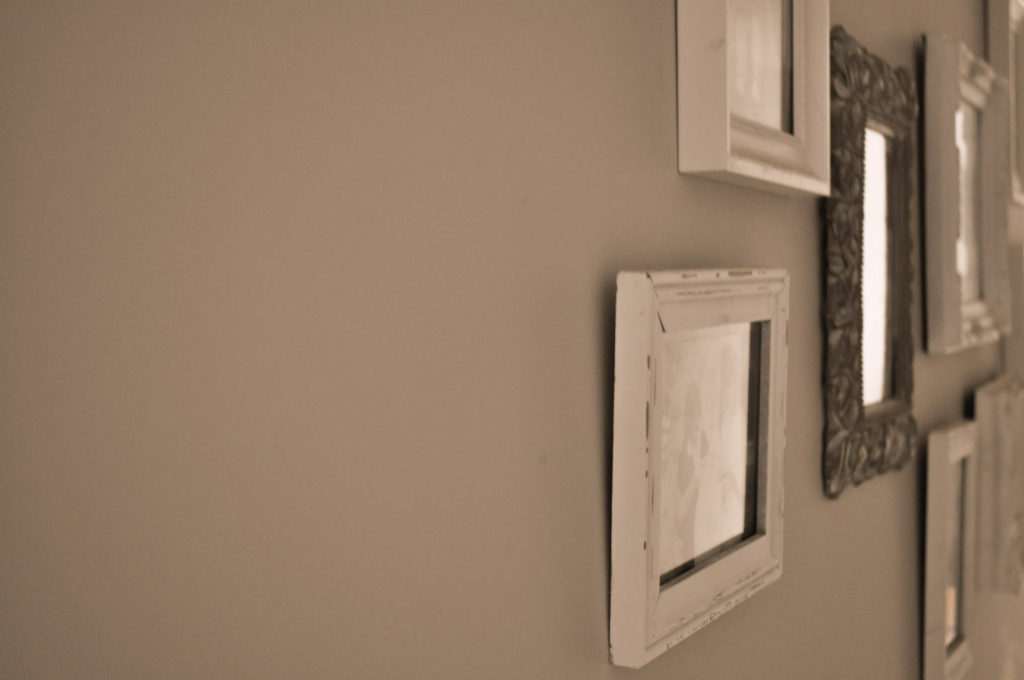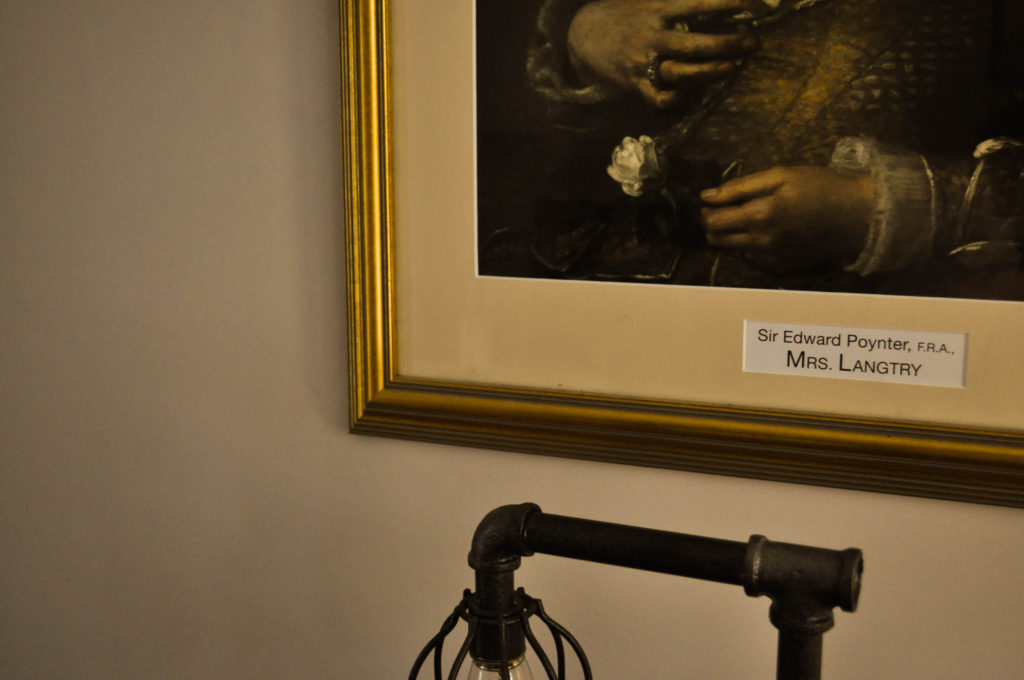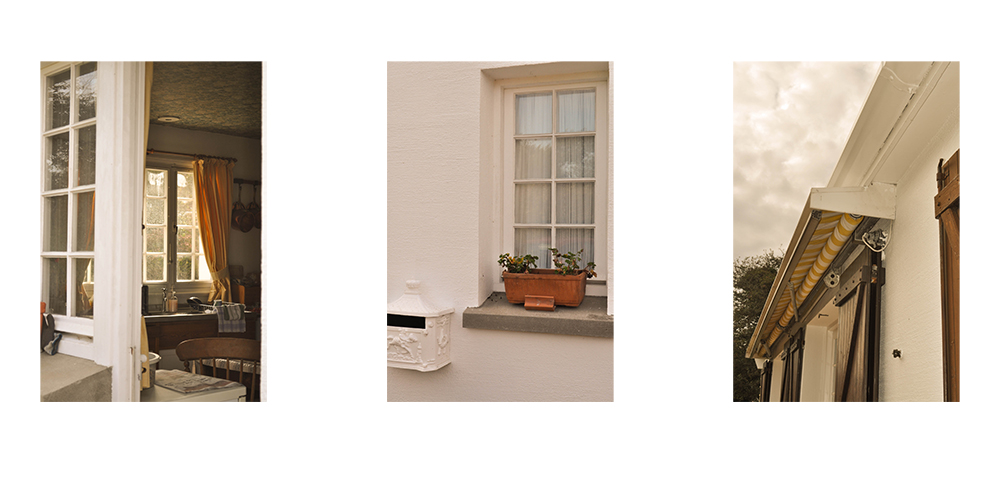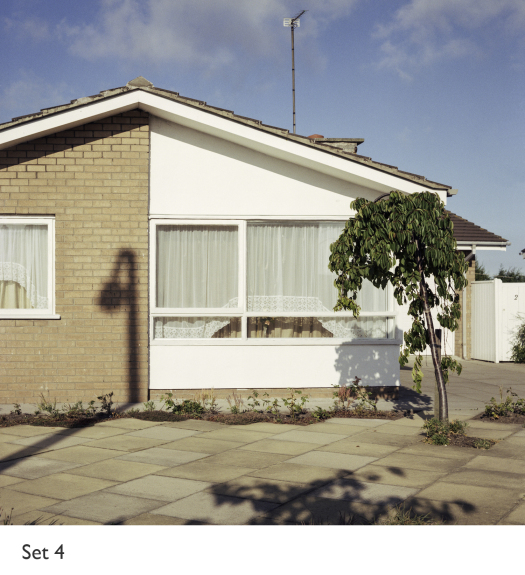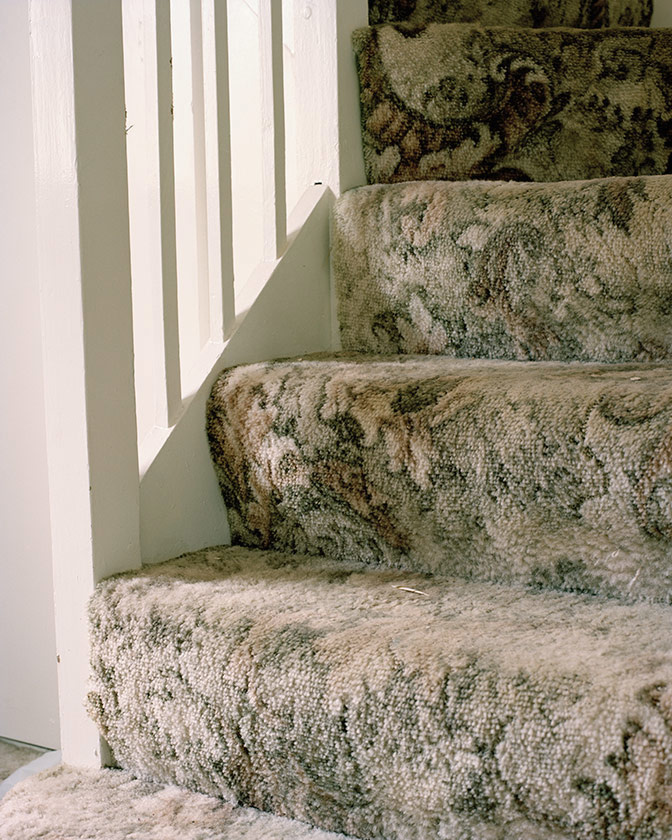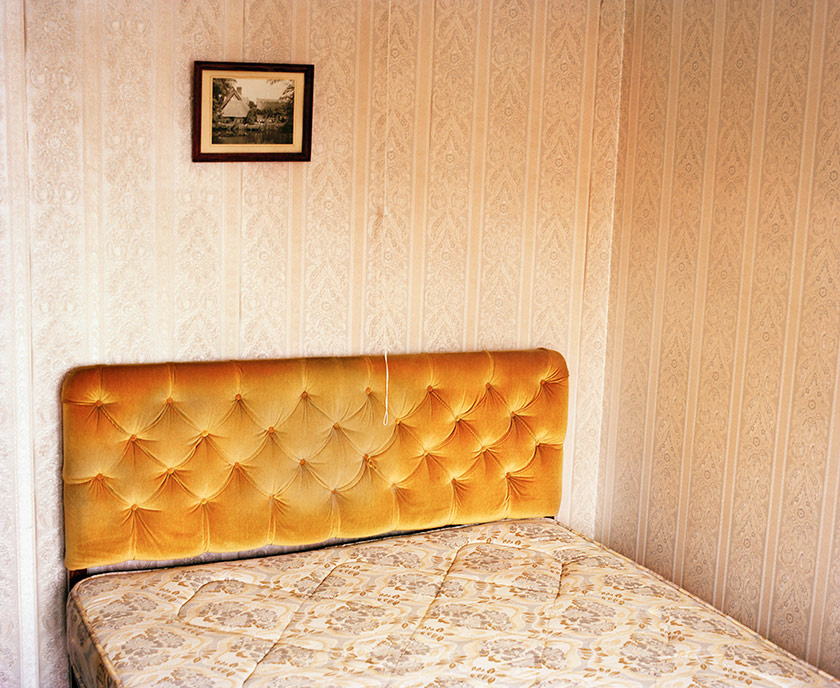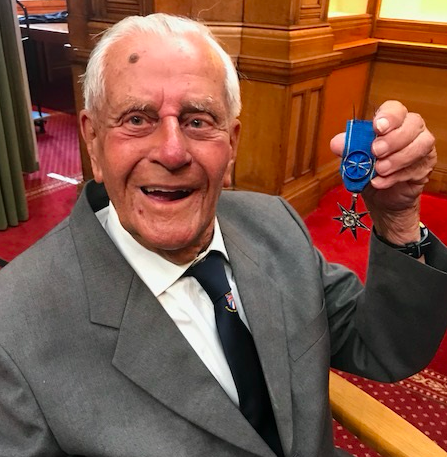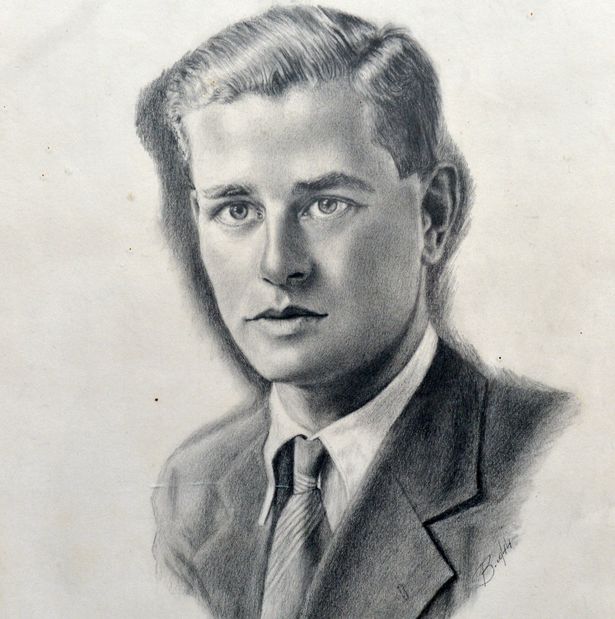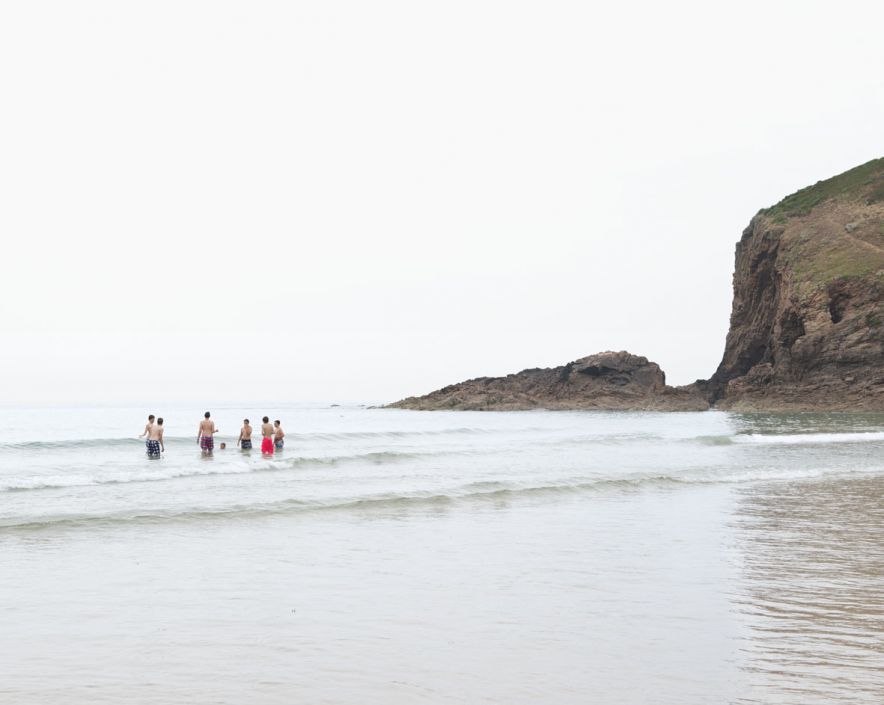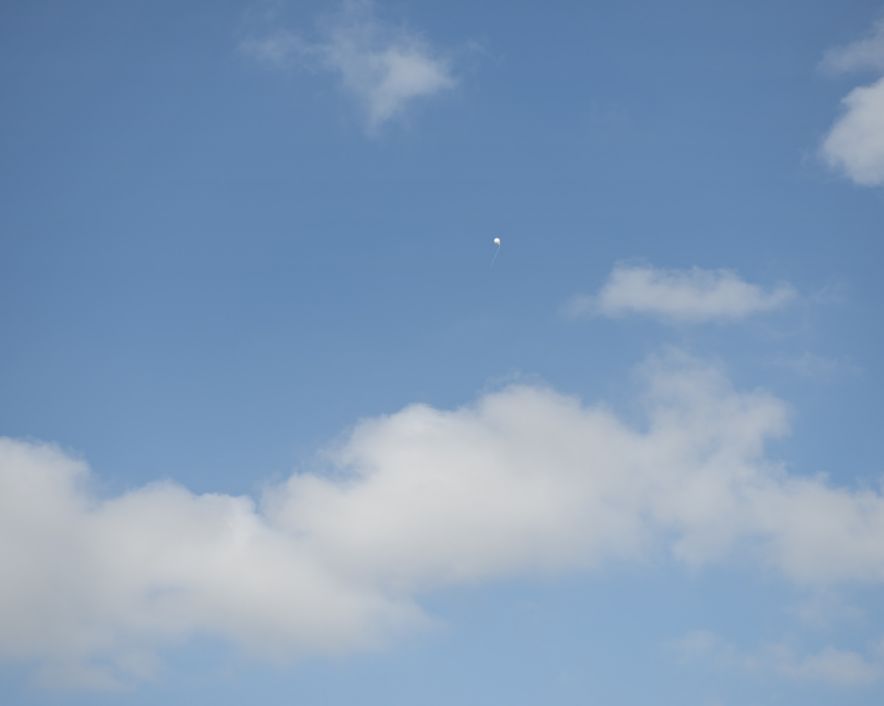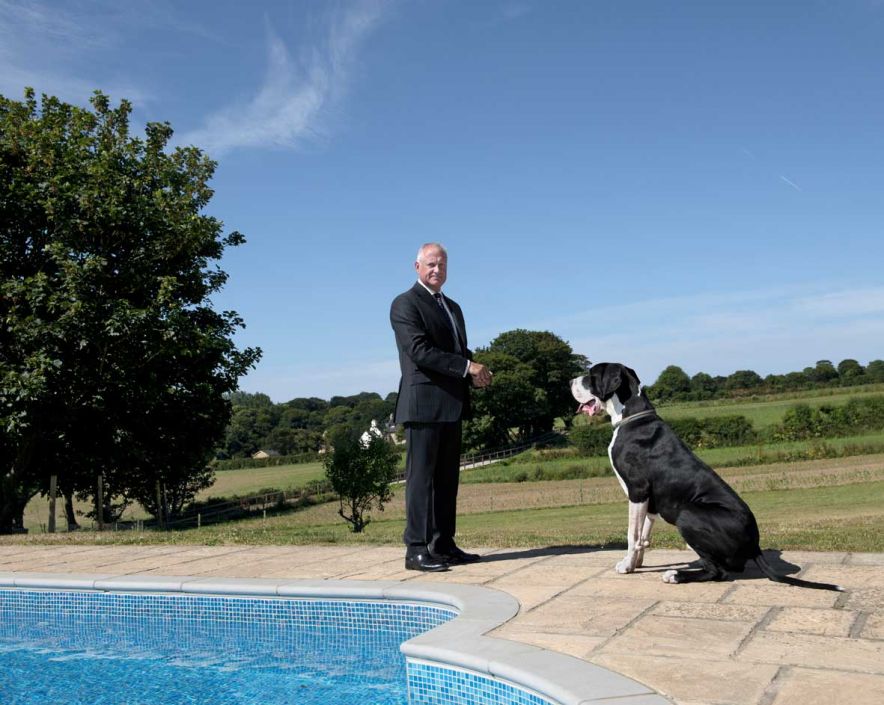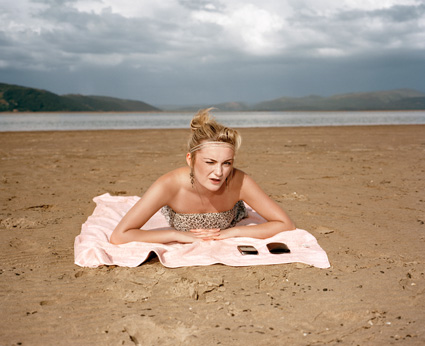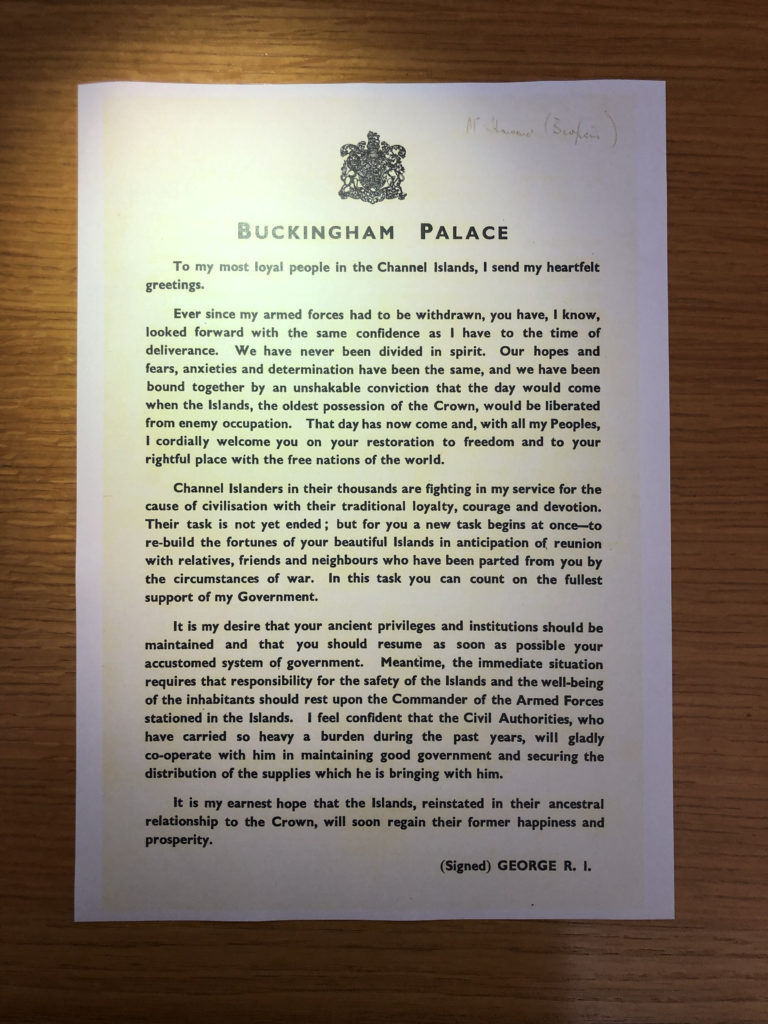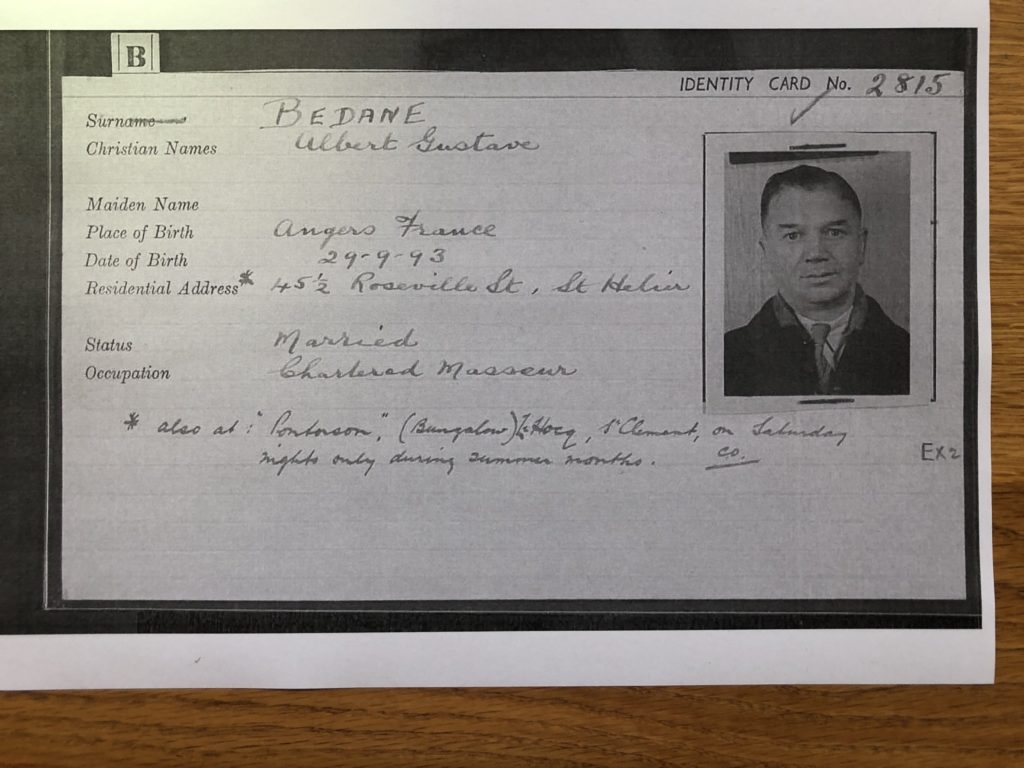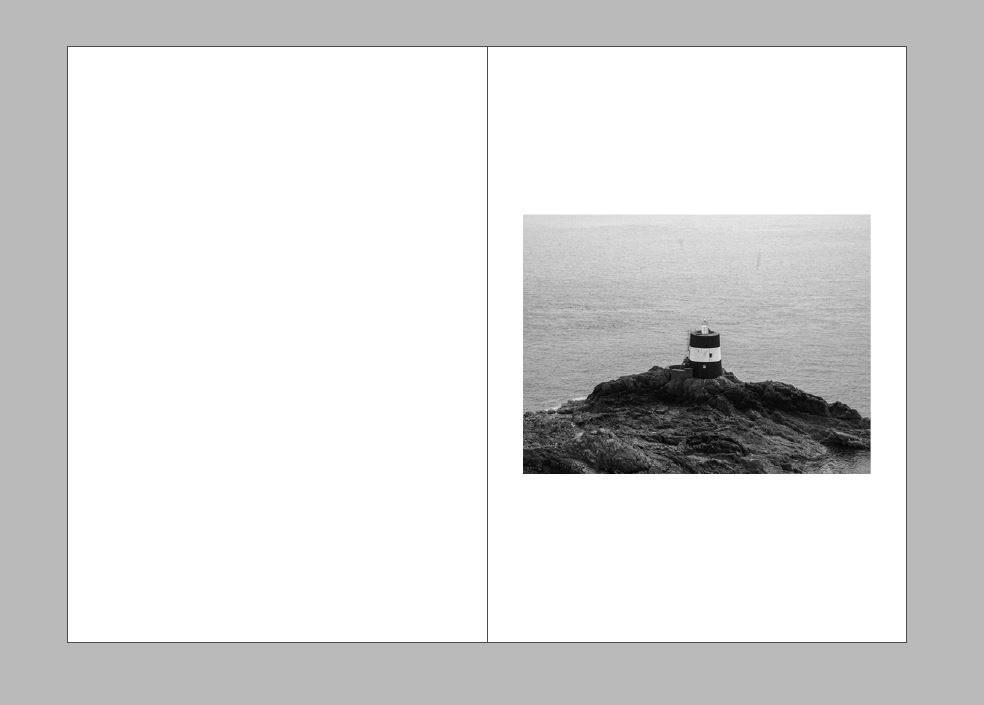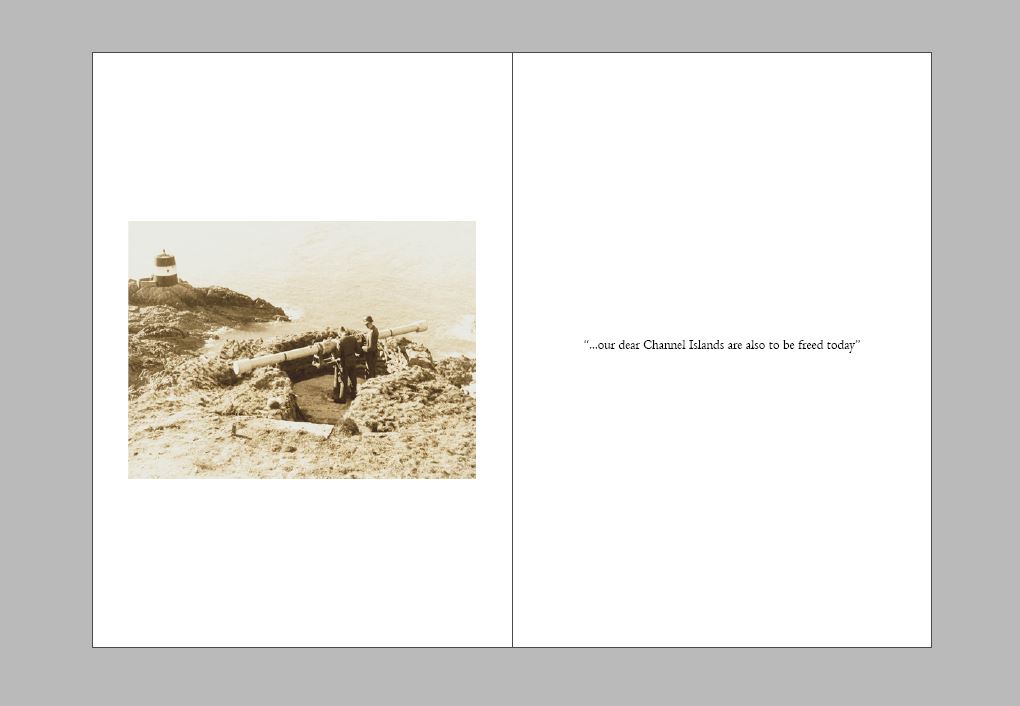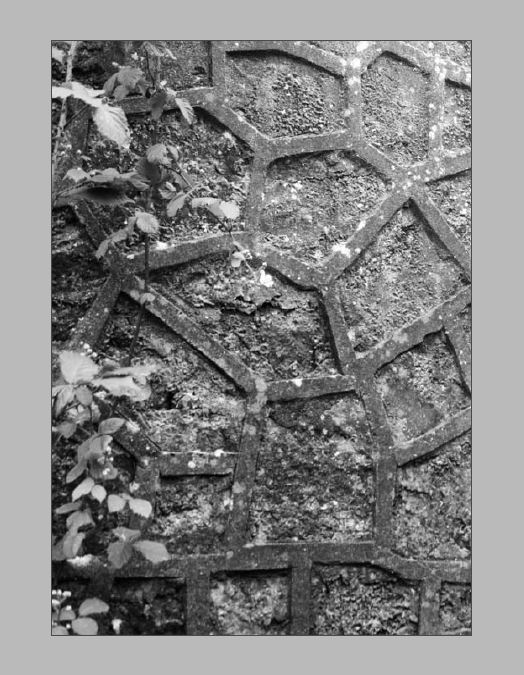All posts by Lillie M
Filters
HomeSweetHome – Interior & Exterior Shoot
Whole Contact sheet of shoot:
I started this photoshoot in the afternoon hours of the day and then continued on inside when the natural light dimmed. I feel this photoshoot was successful however I feel if I was to give it another go I would take wider shots of some of my interior. Below shows the contact sheet opened in Lightroom after my photoshoot, this includes all of my photographs that I took which I will then go through and flag so that I can experiment with different ones to create the best outcomes possible.
Contact Sheets and refining:
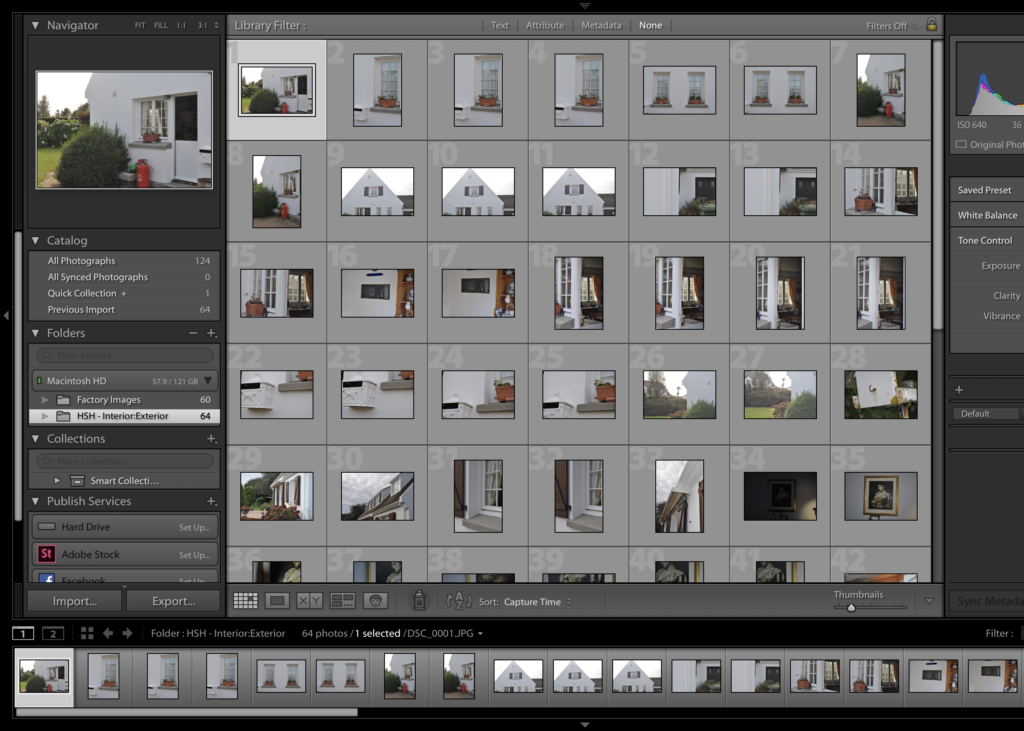
Contact Sheet 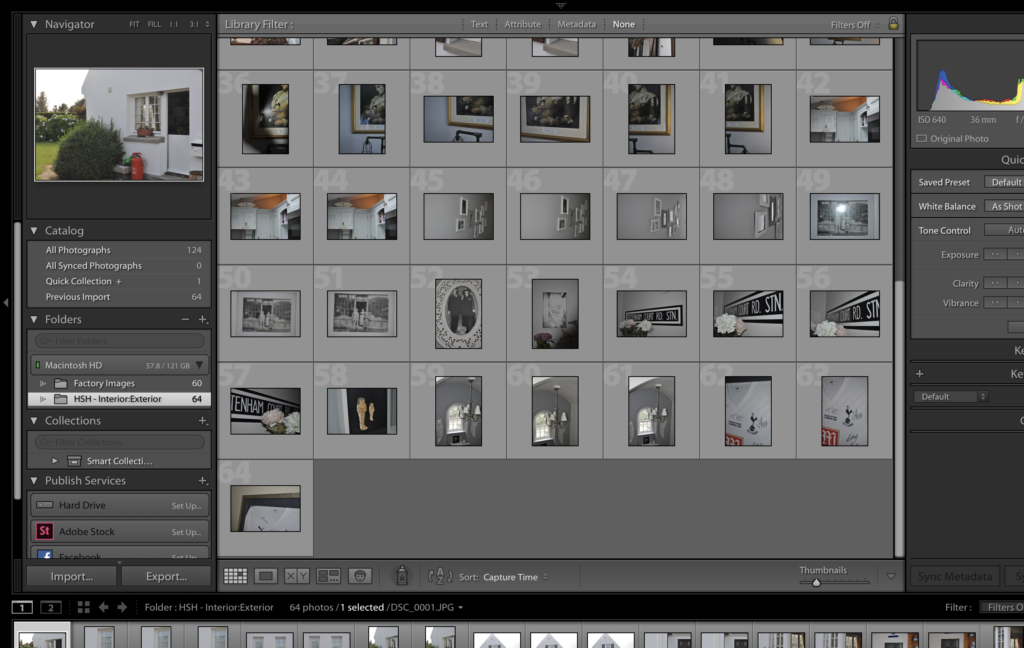
Contact Sheet

Flagged Photographs 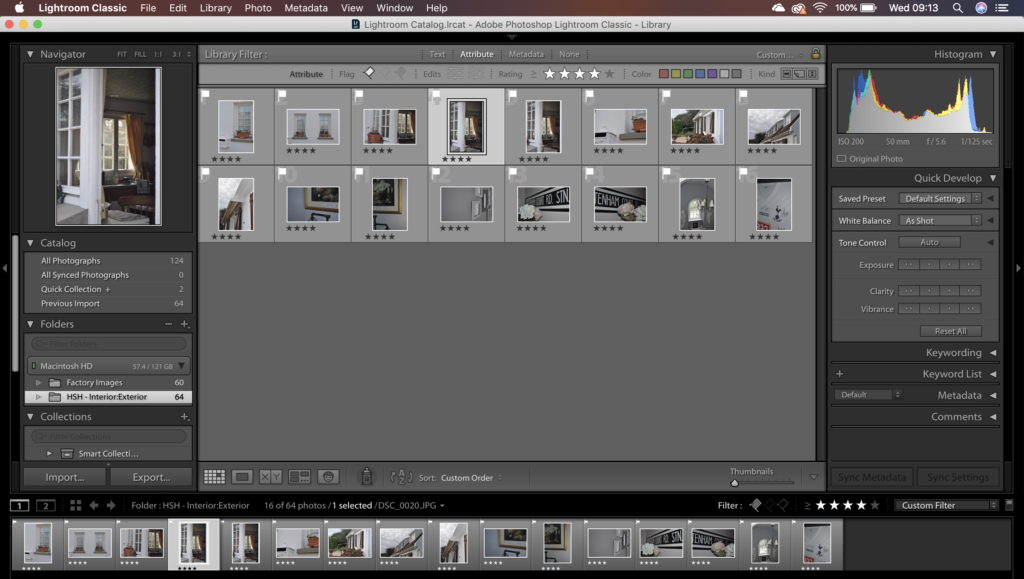
4-5 Star
For my selective process I went through and flagged up all of what I thought would be a first round of best photographs, my really good ones and ones that maybe could get better as an outcome with some editing involved. Next I went through every flagged image only, separated the off and stared them all out of 5 stars, using 3’s and 4’s mostly as a decider of my better images and ones I will not choose to edit. I singled out my 4 star photographs to start looking into editing them and also producing some outcomes that could either be viewed by themselves or as a double or triple display.
Editing:
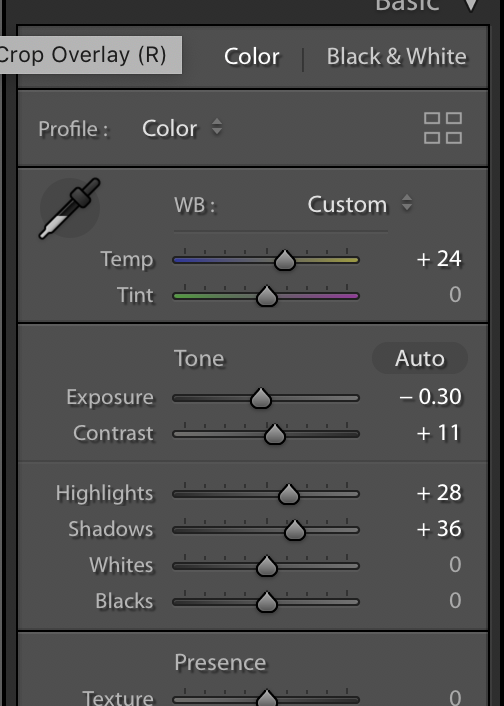
Editing Process: Colour 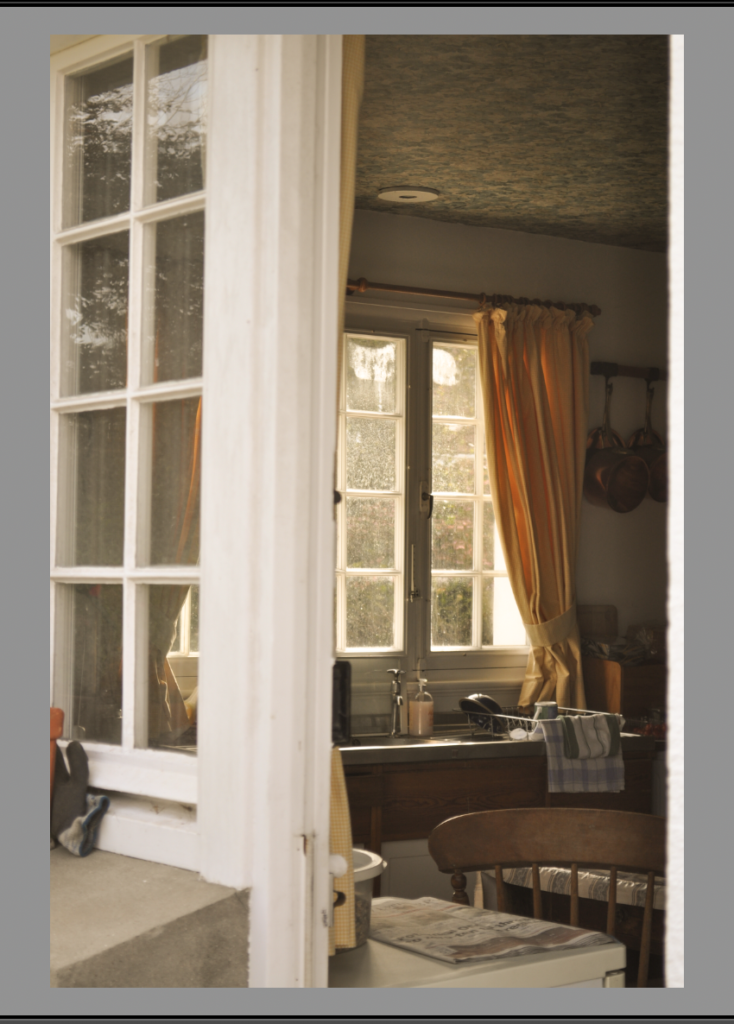
Editing Process: Colour
While editing my coloured photographs I knew I wanted to create quite warm-toned photographs, compared to being colder-toned, this is because I personally enjoy warm/yellow light compared to white light and I feel editing to a higher temperature and contrast it helps to create the effect and illusion of warm light and a warm toned image even if it wasn’t there in camera originally due to the time of day maybe. I have chosen to make them warm-toned as I personally feel that it makes me relate to and think of it being more homely and welcoming which I think of with the ideas of Home-Sweet-Home.
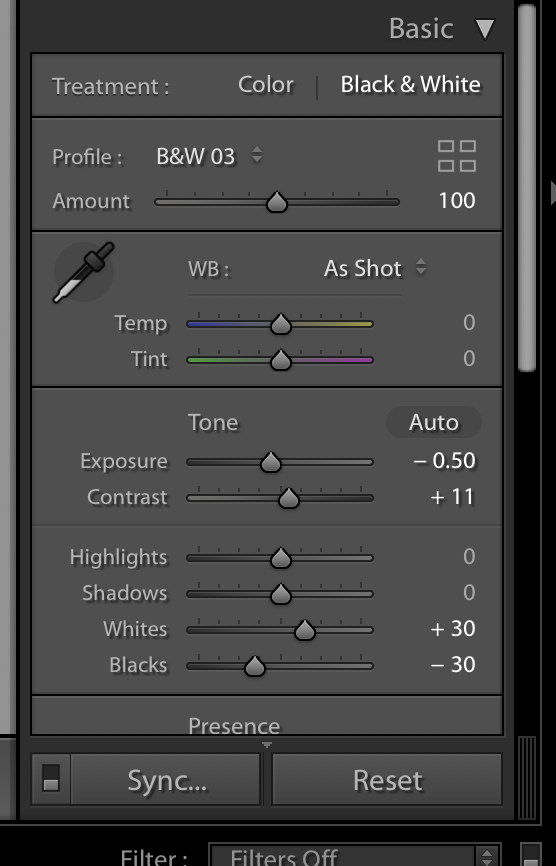
Editing Process: Black and White 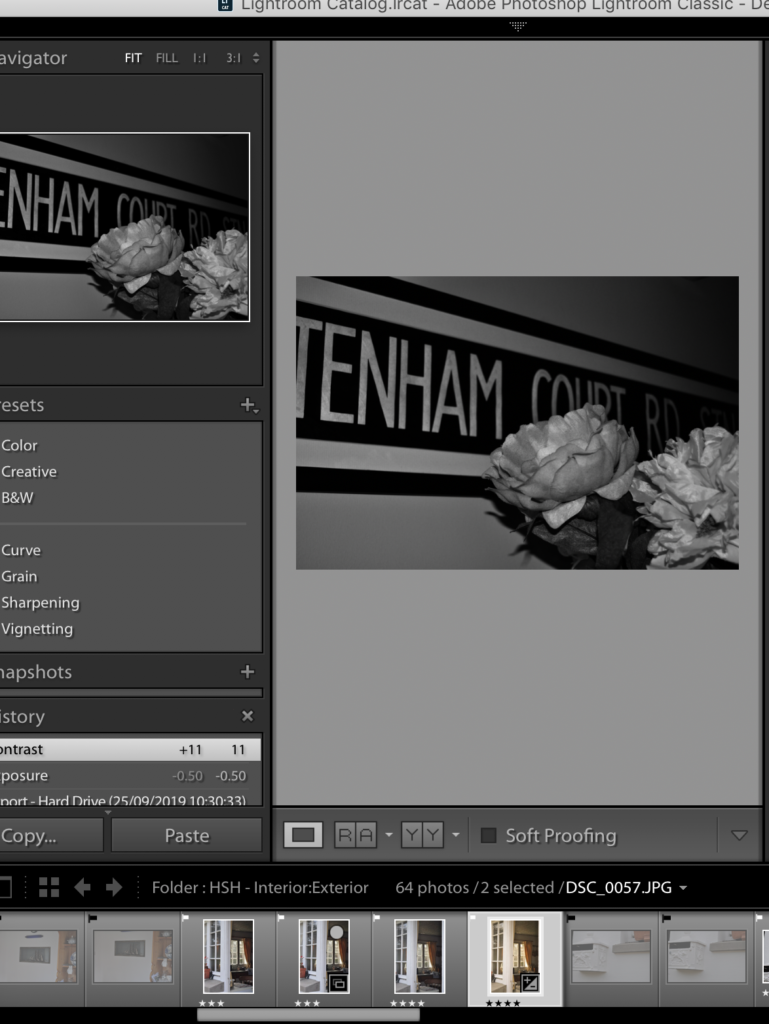
Editing Process: Black and White
While editing my black and white photographs I used these as a slight experiment, while developing and editing I felt myself preferring the coloured photographs however felt that some of the interior shots that I produced work well in high-contrast black and white which is where I took these experiments along.
Edited Photographs and Outcomes:
I feel that this photoshoot went well, I feel that my exterior photographs went better than my interior shots, however all together I feel they work well and the exteriors help to bring up the interiors.
Below I have my personal favourite outcomes from the photoshoot and the editing. I feel they are successful being displayed in a trio together as they are all linked and are following the same warm-toned colour scheme.
HomeSweetHome: Interior and Exterior
INTERIOR: Photographing the home with no people, choosing locations where I could shoot or have shot portraits, considering rooms with interest eg. space, decor, furniture, display etc
EXTERIOR: Photographing the home from the outside, considering different angles, details as well as deadpan approach.
For the Interior and Exterior portion of the ‘Home-Sweet-Home’ I have decided to not just focus on my own personal house where I live as due to schedules changing I begin to spend less of my time in my personal house. As a child I could’ve considered my Grandparents house ‘home’ as this was where I was everyday for the majority of the day. For these reasons I am going to photograph other interiors and exteriors as well as my own home now that may have a deep personal connection to me.
Mood Board:
Below shows my mood board of ideas to start off this part of the Home Sweet Home project. I personally chose these photographs because of how there I feel there is no noise coming from the photographs, they are very still and I want to try and incorporate this into my photographs.
Plan:
For this photoshoot there are specific spaces that I wish to capture, I am hoping to spot spaces or displays that I did not think of initially to photograph, however I do have a couple of initial spaces in mind:
- Living room portrait display: On my wall mounted is a large portrait of Lily Langtry of whom I am named after, this portrait has been in every house my mother has moved to so holds a significant place in our house.
- Framed England football shirt: Although seemingly tacky this shirt is signed and framed in my house and is something that significantly reminds me of my dad
- Staircase window: This is one of the only physical aspects I actually like about my house, it is the oldest part of the house dating back nearly 300 years and is the main part of the house that is Listed
- Grandparents front house: My Nan and Grandad built their house together before they married 50 years ago. Both me and my mother grew up everyday for our childhoods in that house so holds a lot of significance as a place of ‘home’
Bob Le Seure: Portraits
Bob Le Seure is a Jersey man who was 19 years old when the Germans occupied the island of Jersey and is due to turn 99 this year. I was lucky enough to be able to spend some time listening to Bob talk about his experiences during the war and then go and take some portrait photographs of him in our studio.
Below shows my four best images I have chosen to work with in the editing process of my photographs. Out of all my photographs these were the clearest and best ones I thought I would be able to work with to develop into final outcomes for this photoshoot.
Contact Sheet:

Four best Images from the Bob Le Suere Photoshoot
Edit 1: Black and White
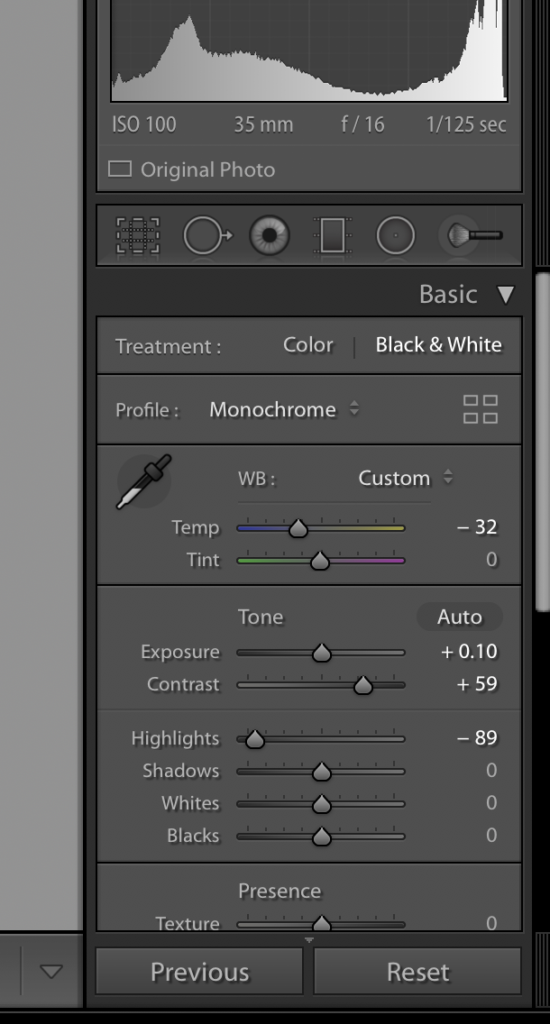
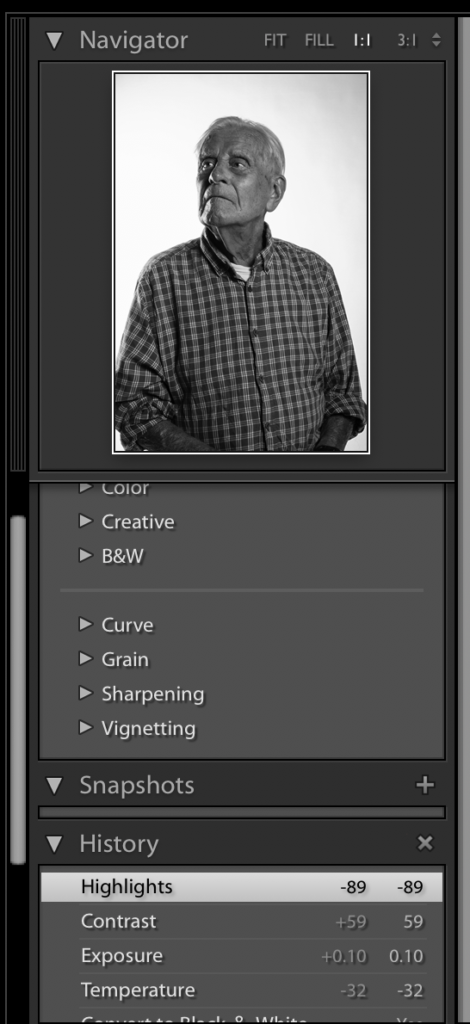
Editing Process 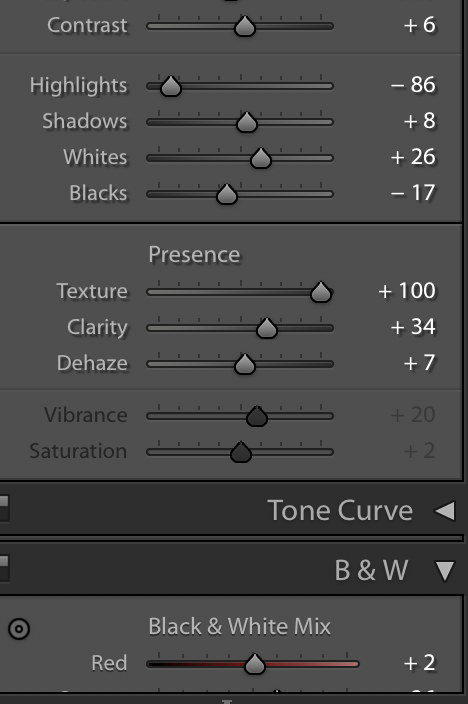
For my black and white photographs I knew I wanted to create them in high contrast as it creates a sense of drama in the photograph. To start with I started in the quick edit section of light room to just straight away turning the photograph into black and white, choosing the preset option of ‘high contrast’ that I could then go through and change and adjust myself to how I feel the photograph needed. I then went to develop, here I altered smaller parts such as the contrast itself and exposure, as well as highlights and shadows; I did this to begin to darken the image, to create some deep shadows and tonal range. I also went in an heightened the texture and the clarity as I felt that it created for a sharper photograph which I feel worked well for what I was trying to achieve as it shows the lines on Bob’s face and all the details which is important to me to show as it shows him as he is as a person and is creating an interesting photograph of him and his stories.
I feel the edited photograph below turned out well and how I personally wanted it too. I feel the position I had Bob in works for this photographs as it lets the light pouring in from the left side of the frame (right side of Bob) to begin to gently light his eye as below his nose onto mouth however unlike the colour image I don’t feel it is working too harshly and is something I am happy with. If I was to go back in again I would possibly think to adjust the photograph to stop the backdrop of Bob from going to grey and would be something I will learn from the alter next time. Overall, however, I feel turning this photograph into black and white has worked well.

Final Photograph
Edit 2: Colour Enhancing
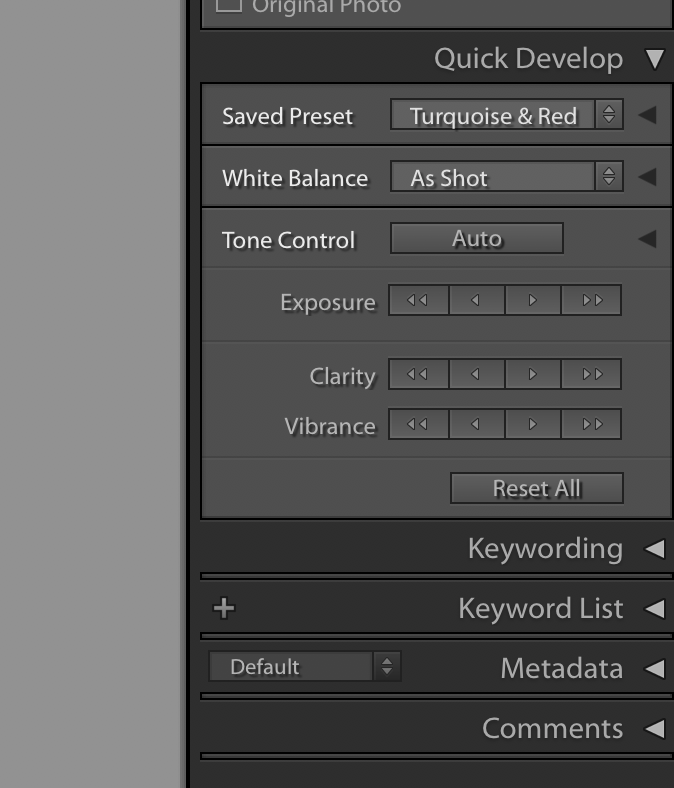
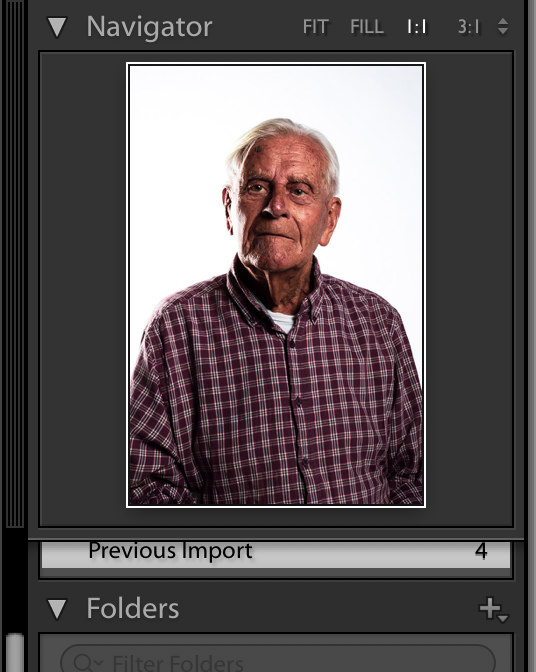
Editing Process 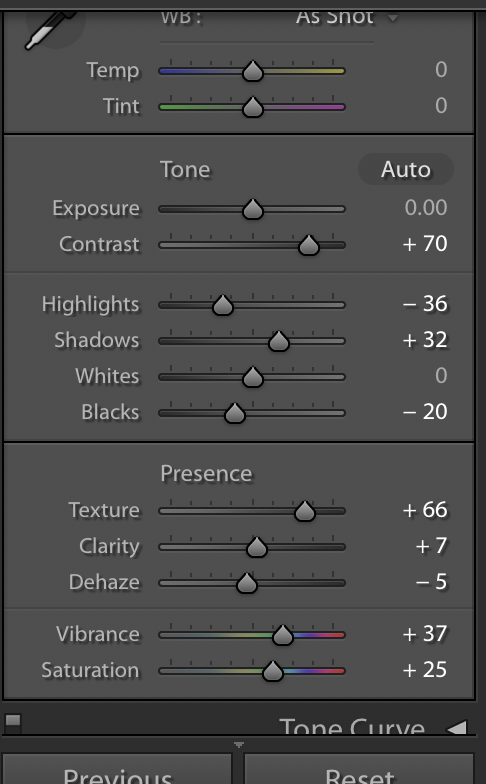
For my colour photograph I wasn’t aiming to so much change the photograph drastically, just enhance it. To start with I experimented with looking at the different pre-sets available to me in Lightroom to get an understanding of what changing different aspects might start to look light so I knew where I wanted to go and what would work. I ended up deciding to use one of the presets: Turquoise & Red. I decided to do this as it enhanced the photograph closely to what I was going to aim for myself. From here I went to develop and I began to alter some of the temperatures to create a warmer photograph around Bob himself as well as the contrasts and exposures to enhance the tones and colours in the photographs to make it more vibrant. Again, like with the black and white, I went in and adjusted the texture and clarity to enhance Bob’s features themselves as he has quite distinct features which would be a shame not to bring out and make seen.
The edited photograph, I believe has turned out well and is my favourite of the two photographs due to the vibrancy in the image. I feel if gone back into I could look to adjust the harsh light that is lighting the right side of his face more compared to the left, something that worked well slightly with the black and white image, this I would believe is due to the position that Bob is in, I chose to have him looking straight on to me as I feel he has very compelling eyes and this is something I wanted to capture, however maybe I would go back through and edit it a bit more due to the lighting that this position then lets back onto the face. Overall I do think that this is a successful outcome for enhancing the photograph.

Final Photograph
Bob Le Suere: Raw Notes
- Morning day German’s arrived :
- 1940 – July 1st, Air raid on the 28thJune, German Planes had been over that morning,
- lived on the avenue sea front, woken by German planes saw two recognized as German bombing planes
- two parachutes dropping out – not human beings , long cillenders, containing letters addressed to commander in chief of armed forces in Jersey there was no commander
- islands could not be defended in a military way, they were not of any military value
- 6am in the morning, heavy bombing, no warning, swept with tanks across the Belgium front
- British did not want to admit they were leaving the two islands completely undefended, the people of England did not know, the German’s did not know
- Governor and wife had already left the island the bailiff was the one who received the messages from the parachutes
- They had 24 hours to surrender or there would be carpet bombing – Bailiff felt he couldn’t just surrender without some kind of authority, London told them to ‘stay at their posts and do the best they can’
- Bailiff summoned emergency sitting of government, the future lay in the hands of deputy and constable of st Saviour, no one voted to not surrender
- Bob was In the royal square ‘War time is a time for people to leave unseen’
- Area of the royal square cornered off, asked the workmen what was going on with response of ‘not allowed to tell you mate’
- Two women immediately in front ‘when this is all over we must hurry back home and barricade the doors, there will be a lot of women raped before nightfall’ – this never happened – tense atmospheres
- Captain Bennet got everyone to stand in line for the Bailiff to come out – heavens sent moment – captain bennet pooped on by a pigeon, everyone broke out laughing- heaven sent moment in time of fear
- Bob was In the royal square ‘War time is a time for people to leave unseen’
- St helier:
- Terraced houses very similar built in time of William 4th– grovners street – two floors up of no.7 – two men bob new housed and kept Russian prisoners
- Germans fortified the island strongly more then any part of defensive line Hitler was conducting Norway to Spain– had the war been won by them they would not have occupied the whole British isles
- Not enough labour to do all the work that the Germans wanted they brought in forced labor from other countries – Spain, Russia
- Handed over all the able bodied Spanish men who had taken safety in France, were paid but not physically ill treated unless being punished
- Slav Race – As called by German (Russian, Poland, Ukraine) were taken as unpaid and ill treated slaves, seen as unhuman, highly rightwing times for German (Racism)
- One Russian, coming home from school 15years old, German trucks at both end of streets, the boys were herded up onto a truck at revolver point, cattle truck, they were finished up in Jersey in 5 mile road, no contact with parents
- Grover terrace two boys sheltering Russian – sharing their rasions, got a hold of illegal identity card the Russian had a rassion card, (If you lost your card you had to go with a sob story – you would be told to be more careful and given a new one )
- kept them going with vegetables and occasionally other things – story for friends was that he was polish and was here to study the Jersey Cow and had got trapped and that is why he was here and living with them , very few people knew he was Russian, knew it would only take 1 person who spoke too much for cover to be blown
- Frequent parties, very resilient boys
- To be the last day, September 1944, when there would be a gas supply, this was going to be the end of a way of cooking, only now can cook on the open fire or in a stove not many people had
- These men had the view of having party as the last day to use the gas stove- have two big stews – if you really want to make a party go make sure your guests haven’t eaten a full square meal in 12 months and serve calvados (cider) (110%) —- the Russian had got a hold before anyone else, went to the floor and was moving legs and arms, loudly singing songs that could be heard down the streets, German Soldiers below also too singing
- Liberation:
- Knew was coming, but not sure when ,by this stage of the occupation there was no gas supply – mid January 1945 the last electricity supply ended
- Knew that Berlin had fallen April 30th, first important labour day in solvient union
- Knew that Hitler was dead
- JEP was split down the middle, one side Jersey news, one side German
- Hitler had appointed a Navy General
- Knew that an amascite was now being discussed early hours of 7thMay, May 8ththe war was finish, all arms had to be laid down 1 minute after midnight (which would be May 9th, Liberation day) 7:14am the surrender of the whole of the channel islands was signed on the deck of the destroyer in st peter port – around 12pm the specific Jersey surrender signed
- Bob was with 2 girls from his office, British destroyer seen coming round noirmont point, bob’s hosepipe tier broke with the sound of a pistol and it sent two German soldiers to the floor turned towards him with riffles, they didn’t shoot, they looked at the rubber and smiled and laughed
Michelle Sank
Michelle Sank was born in Cape Town, South Africa and currently resides in the UK. Sank is well known for her ‘youth work’ among projects: thematic series of portraits of young adults, often dealing with an adolescent struggle to find their place in the world or define their identity. Her ability to evoke these human states through a direct yet deceptively potent vision has led to numerous commissions and residencies photographing young people in diverse cultural settings: Belfast, Northern Ireland; San Francisco, USA; Manheim, Germany; Wolverhampton, England etc.
Introduction Article – Michelle Sank Insula: Archisle
Writing about her work, the photographer David Goldblatt has observed: “Michelle Sank uses a simplicity of means that falls way below the zealous art critic’s qualifying level for success”
Insula is a photographic project that Sank took part in in 2013 on the island of Jersey where she arrived in April and had a residency on the island for 6 months when geographic and historical influences also loomed large.
Working outside of particular demographic scenarios Sank’s Jersey imagery continues to develop lyrical vision within which the defining influences are place and cultural geography. Insula eschews a specific brief though the work responds to the wealth of nineteenth century portrait photographs within the Jersey Photographic Archive that it now joins as a powerful point of interpretation. The beguiling qualities of these new photographs call to mind the position that Lewis Baltz found for photographic series “somewhere between the novel and film”. As such, Sank’s photographs offer a visual poem to the island.
I have chosen to look at Michelle Sank’s work as I enjoy and like the visual aesthetic of the photographs when they are produced I like how they are taken and what they are representing which is why I have chosen her as one of my photographers.
I have chosen the photograph below as my chosen image to analyse as it was one of the photographs that I was most drawn to. The women shows to be in the centre of the photograph lying close to the foreground, she is the only figure that can be seen in the whole frame and I find this quite interesting as it singles her out and I feel almost enhances her surroundings as there is no other noise coming from the image apart from her figure and it creates a quiet background and surrounding which I feel is effective here. The way her mouth is formed suggests she may could have been talking, from the squint it suggests the natural sunlight is lighting her from the front, as we might guess that she could be talking it makes this a much more personal shot as she would be having a conversation with the photographer, it feels more personal and less staged; almost just in the moment.
Francis Foot – People and Portraits
Francis Foot was born in 1885 in the channel island Jersey to mother and father, Francois Foot and Louisa Hunt. His father was a china and glass dealer in Dumaresq Street, at a time when the area was one of the more affluent in St Helier. Francis soon became fascinated by photography and the early phonographs and gramophone records and realised that he could earn a living from them, from this his family took on a second shop in Pitt Street where Francis worked as a photographer, while his father and mother sold gramophones, records and other wares.
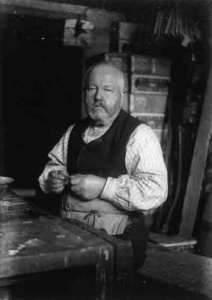
Francis Foot’s father Francis 
Francis Foot on a photography outing – probably a self portrait
Francis Foot was in and among the most prolific photographers of early Battles, he was better known for his shop in Pitt Street, selling, among other things, early phonographs.
From 1905 to 1920 Foot was a regular visitor to the Battle on Victoria Avenue and many of his pictures survive in a collection held in La
Société Jersiaise’s photographic archive.
Foot’s pictures are notable for their depiction of the people involved in early events. Whereas the first photographs of the Battle of Flowers from 1902 onwards concentrated on general views of the arena and the audience and later they were generally interested in the spectacular floats which gradually came to dominate the event. Foot homed in on the participating adults and children, for without them there would have been no carnival.
Below shows one of Francis Foot’s photographs, it shows a women and child stood outside their shop. For the time this was a common thing to happen, I have been able to relate this type of photograph to some of my own family photographs I found when researching my own family history (also shown below). This style of photograph was very common, almost like an environmental portrait, usually the owner and their family stood outside their owned shop, it was their life work and these images were taken to preserve these histories. Francis Foot was looking at the people rather than the surroundings.

Francis Foot – Margaret and Dora outside one of the family’s shops

One of my own family photographs
Portraits
Occupation vs Liberation
Jersey Archives Visit
The Jersey Archives were established as a part of Jersey Heritage in 1993. These archives are the island’s national repository holding archival material
With collections recognised by UNESCO, the Jersey Archive is the Island’s national repository holding records on all aspects of Jersey’s history. Researchers can use archive resources to trace their family history, the story of their house or street and to find out more about the German Occupation of Jersey during the Second World War.
In 2017 the archive team launched thousands of images from the Jersey Evening Post photographic archive. These are now available to view online.
The archive catalogue can be found online. The online catalogue includes images of a number of documents including Occupation Registration Cards, will and testaments and transcriptions of early baptism, marriage and burial registers. Documents can be downloaded through an annual subscription or on a pay per view basis. Information leaflets are available on a variety of subjects. Staff at Jersey Archive can assist with legal and property research enquiries, offer advice about preservation, and give talks, tours and education services. Jersey Archive also holds the collections of the Channel Islands Family History Society.
The Jersey archives were awarded Accredited Archive status in 2014.
Our visit to the Jersey archives gave me a good insight into how I can use archives into my own work and how they can be helpful with looking at something with a historical subject matter. Below I have some photographs of some of the documents that we were lucky enough to be able to look through and gather information on, from letters between Jersey and England during the war to identification cards that were used throughout on the island.
Final Zine – Landscapes
For my final product I was able to produce the 16 page zine surrounding the idea of landscapes and the history of the Jersey Occupation, I am personally happy with my final zine that I have been able to produce.



